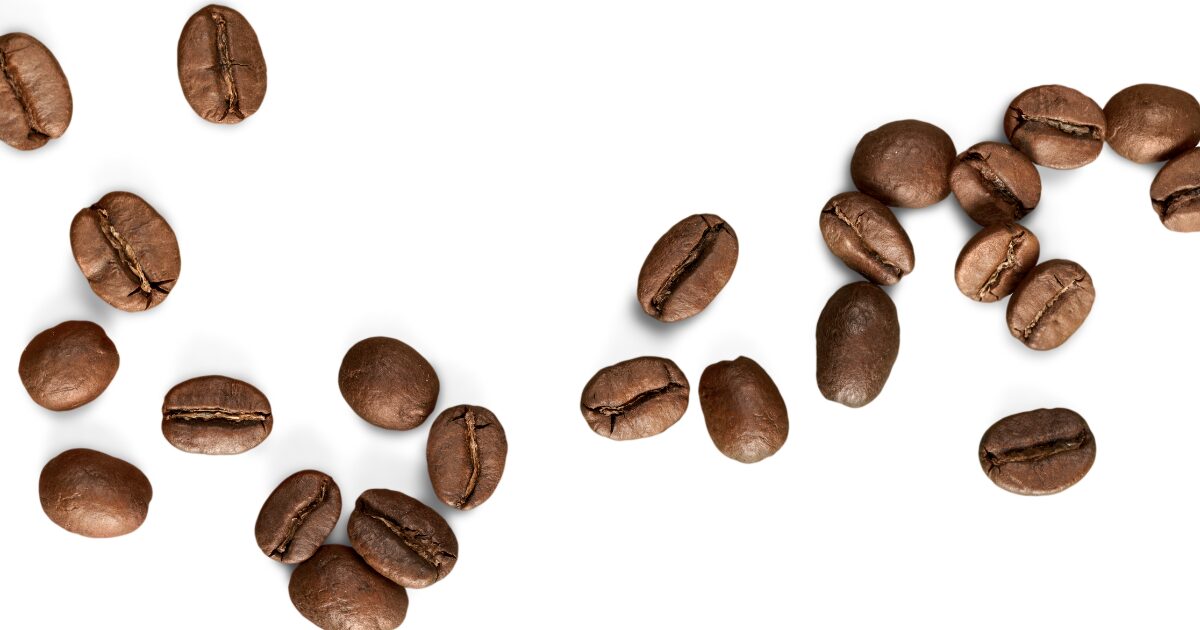November 8 marks National Cappuccino Day, a time to honor one of the world’s most beloved coffee creations. Whether you’re a seasoned coffee connoisseur or just love a cozy cup of frothy goodness, this is the perfect day to indulge.
What Is a Cappuccino?
At its heart, a cappuccino is a simple yet perfectly balanced coffee beverage, composed of three key elements:
- Espresso: A bold and rich base.
- Steamed Milk: Adds a velvety creaminess.
- Milk Foam: A thick, aerated layer that gives the drink its signature frothy top.
Traditionally, these components are combined in equal parts, creating a harmonious blend of robust coffee flavor and creamy texture. Baristas often finish the drink with a dusting of cocoa powder or chocolate for added indulgence.
Presentation and Volume
- In Italy: Cappuccinos are served in small porcelain cups, holding 150–180 ml (5–6 oz), perfect for a single, satisfying serving.
- In North America: Larger sizes are common, especially at chain cafés, with servings up to 600 ml (20 oz).
Cappuccinos vs. Lattes
While a caffè latte is made with more steamed milk and a thin layer of foam, cappuccinos emphasize the froth. This gives cappuccinos a lighter, airier texture and a smaller overall volume, making them distinct from their milk-heavy cousin.
A Brief History of the Cappuccino
The origins of the cappuccino trace back to the 1700s in the Habsburg Empire, where a popular coffeehouse drink known as the Kapuziner emerged. This beverage was named for its distinctive light brown color, reminiscent of the robes worn by Capuchin friars. The Kapuziner was a blend of coffee, cream and sugar, often enhanced with spices for additional flavor. Its rich, creamy texture and warming spices made it a favorite among coffee lovers of the time, laying the foundation for the modern cappuccino.
The port city of Trieste became a crucial hub for the spread of coffee across Central Europe. Home to vibrant Viennese-style coffeehouses, the city introduced patrons to the Kapuziner and its variations. As coffee culture grew, the Kapuziner gradually evolved, particularly in Italian-speaking regions, where it transformed into the cappuccino we recognize today. Trieste’s position as a cultural crossroads ensured the drink’s enduring legacy, bridging coffee traditions from Vienna to Italy and beyond.
The Rise of the Modern Cappuccino
In the early 20th century, the introduction of espresso machines revolutionized coffee preparation, making it possible for baristas to craft drinks to order with precision. This innovation allowed for the creation of the cappuccino’s iconic layers, with its bold espresso base, velvety steamed milk and signature frothy top becoming hallmarks of the drink.
After World War II, further advancements in espresso technology ushered in the “age of crema.” These improvements enabled higher-pressure brewing, resulting in the silky, rich espresso topped with a layer of crema and perfectly steamed milk that defines the modern cappuccino. This era marked a turning point in coffee culture, elevating the cappuccino to new heights of flavor and presentation.
By the 1950s, cappuccinos had become a staple in Italy’s espresso bars, a symbol of the country’s burgeoning coffee culture. During this time, the Italian cappuccino coexisted with the Viennese Kapuziner, which featured whipped cream instead of steamed milk, showcasing the regional diversity in coffee traditions. The cappuccino’s popularity began to spread far beyond Italy, cementing its status as a global coffee favorite.
The Cappuccino’s Global Spread
The cappuccino, with its perfect blend of espresso, steamed milk and foam, has evolved from an Italian classic to a global favorite. Celebrated for its rich flavor and frothy texture, it found sophisticated appeal in post-war Europe, cozy acceptance in the UK and a thriving presence in the U.S., adapting to local tastes along the way. Here’s a closer look at how the cappuccino gained popularity in different parts of the world:
Europe
In post-WWII Europe, cappuccinos gained recognition as a symbol of sophisticated coffee culture. Italy embraced the espresso-based version, while Austria and Hungary maintained their preference for whipped cream-topped coffee.
The United Kingdom
Cappuccinos found favor in the UK, where the British tradition of adding milk to coffee aligned perfectly with the drink’s composition. Its frothy texture and luxurious flavor made it a café favorite.
The United States
Cappuccinos arrived in the U.S. through Italian-American neighborhoods, with notable establishments like:
- Caffe Reggio in New York City, which claims to have introduced cappuccinos to the U.S. in 1927.
- Caffe Trieste in San Francisco, credited with bringing the drink to the West Coast in the 1950s.
Cappuccino Variations
Over time, the classic cappuccino has inspired countless creative variations, each catering to different tastes and preferences. From adjustments in milk-to-foam ratios to the addition of indulgent flavors, these twists highlight the cappuccino’s versatility while preserving its iconic charm. Here are some popular variations that showcase the drink’s adaptability:
- Dry Cappuccino: This variation has less steamed milk and more foam, resulting in a drier texture with a lighter, frothier top.
- Wet Cappuccino: For those who prefer a creamier drink, this variation features more steamed milk and less foam.
- Flavored Cappuccino: Incorporates syrups like vanilla, caramel or hazelnut for an additional layer of flavor.
- Iced Cappuccino: A refreshing twist where espresso is poured over ice, topped with cold milk and finished with foam.
- Mocha Cappuccino: A chocolate lover’s dream, this variation includes chocolate syrup or powder mixed with espresso before adding steamed milk and foam.
Cappuccino Creations Around the Globe
Cappuccino Freddo
Popular in Italy, Greece, and Cyprus, this chilled version features a small amount of cold frothed milk atop chilled espresso. In Rome, coffee shops often pre-make and refrigerate it, while northern Italy prefers alternatives like gelato da bere (gelato blended with espresso).
Freddo Cappuccino
A Greek specialty, this drink is topped with afrógala, a cold milk foam created using an electric frother. Baristas pour it over iced espresso, offering a refreshing twist on the classic cappuccino.
Iced Cappuccino
In Canada, coffee chain Tim Hortons serves a frozen adaptation called the Iced Capp, a sweet, creamy dessert-like drink that has become a fan favorite.
Ideas for Celebrating National Cappuccino Day
Wherever you choose to enjoy it, National Cappuccino Day is the perfect time to sip and celebrate. Here’s how to make it special:
- Visit Your Favorite Café
Support your local coffee shop and savor a freshly made cappuccino. Bonus points if they serve it in the traditional Italian size with a sprinkle of cocoa! - DIY Cappuccino at Home
Try your hand at making a cappuccino with an espresso machine. Experiment with flavor add-ins like cinnamon, nutmeg or even caramel syrup. - Organize a Coffee Tasting Party
Gather friends to sample cappuccino variations from around the world, including freddo cappuccinos, iced cappuccinos and gelato-inspired versions. - Dive Into Coffee Culture
Learn about the history of cappuccinos by watching documentaries or reading books about global coffee traditions. Share fun facts with friends over a cup. - Share the Love on Social Media
Snap a photo of your cappuccino and post it with the hashtag #NationalCappuccinoDay. Connect with fellow coffee enthusiasts and celebrate together.
Share the Joy of National Cappuccino Day with SipWithMe
At SipWithMe, we’re passionate about enhancing multifamily properties with premium coffee experiences that delight residents and streamline operations. With cappuccinos and other premium beverages available at the touch of a button, our state-of-the-art solutions make offering luxury both simple and cost-effective.
Celebrate National Cappuccino Day with a coffee amenity upgrade that makes every day feel like a holiday. Contact us for a demo or pricing today.





